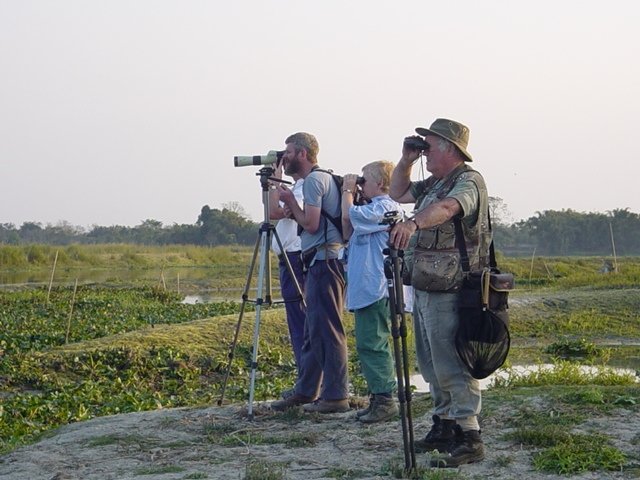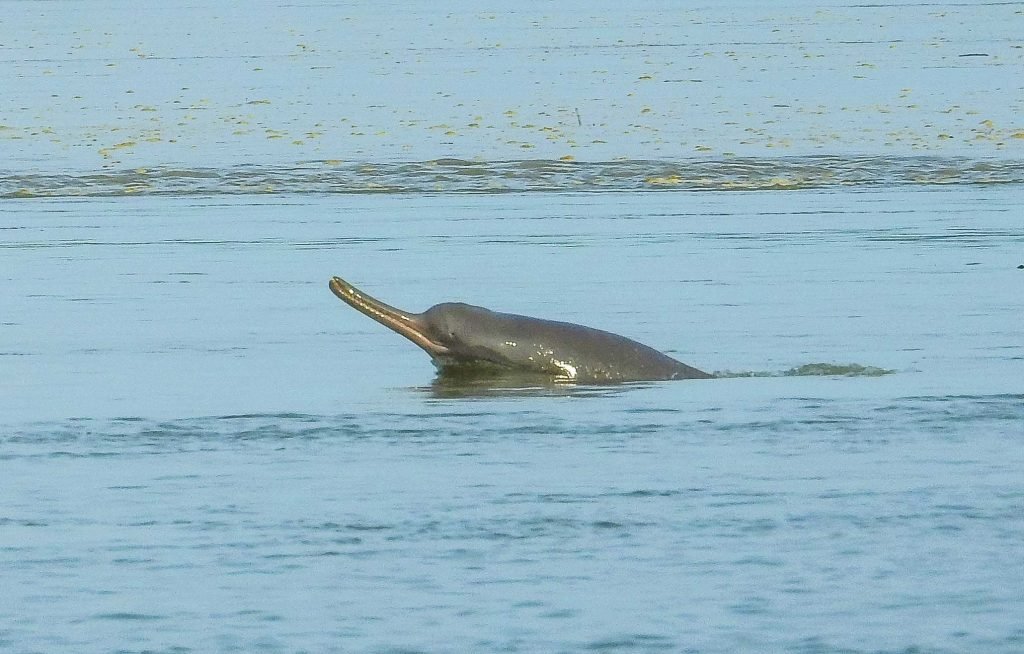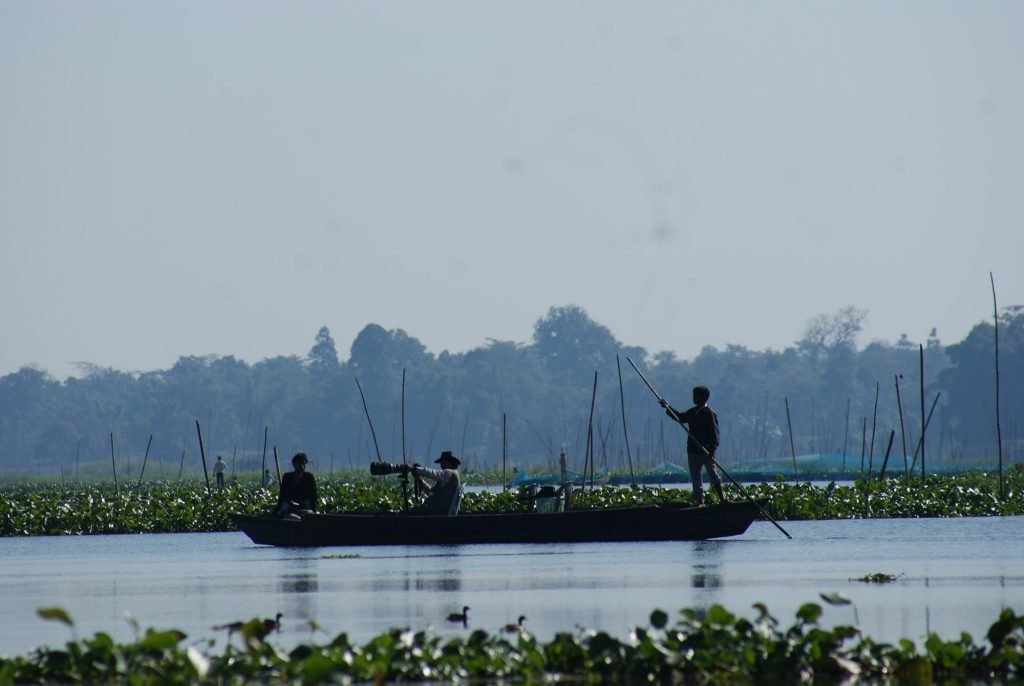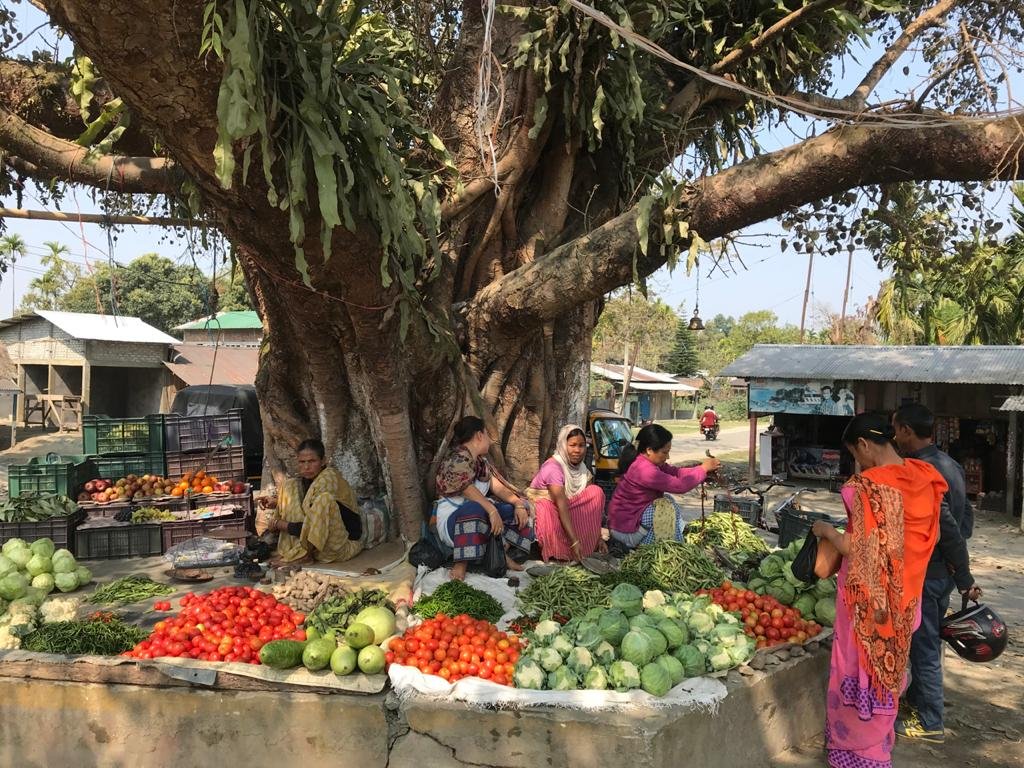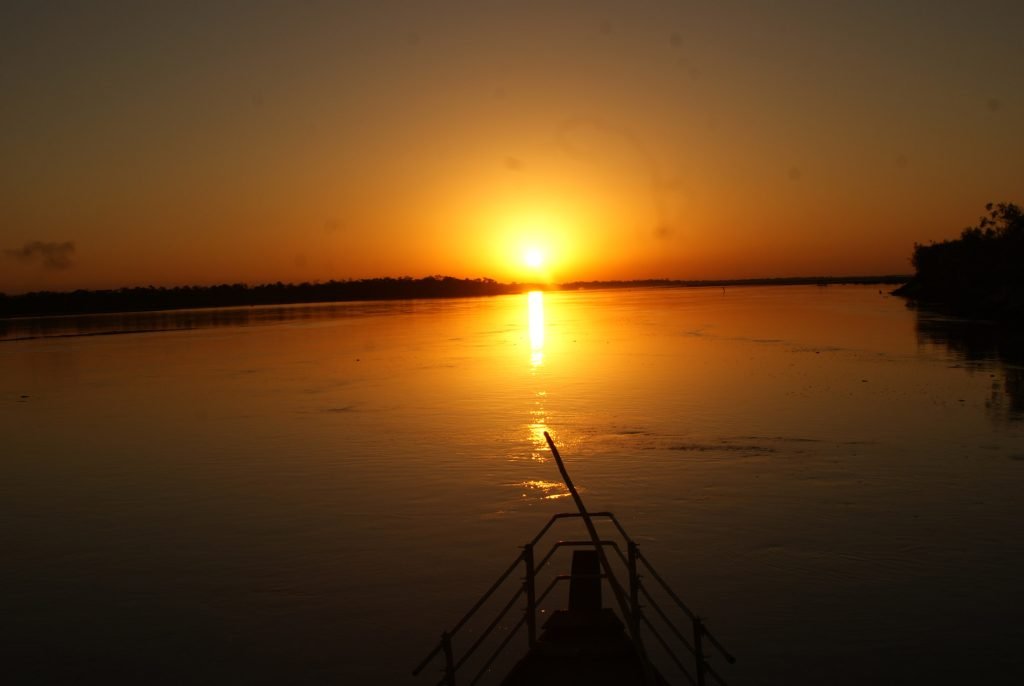A visit to Dibru-Saikhowa National Park (12 km from Tinsukia and 50 km from Dibrugarh) is one that excites all senses. An ideal habitat for over 500 species of birds –grassland birds like Black Breasted Parrotbill, Swamp Francolin, Jerdon’s Babbler and Bushchat , and a large number of migratory birds during winter, it is a birder’s paradise.
Birding aside, a thrilling motorised boat ride can help one sight river dolphins at the confluences of Dibru and Dangori rivers apart from beautiful butterflies specially during monsoon. The biosphere reserve has about 35 species of epiphytic orchids and 3 species of terrestrial orchids. The location of the park in the floodplain zone of the Brahmaputra and Lohit rivers and its assimilation within an island lends it a dramatic setting.

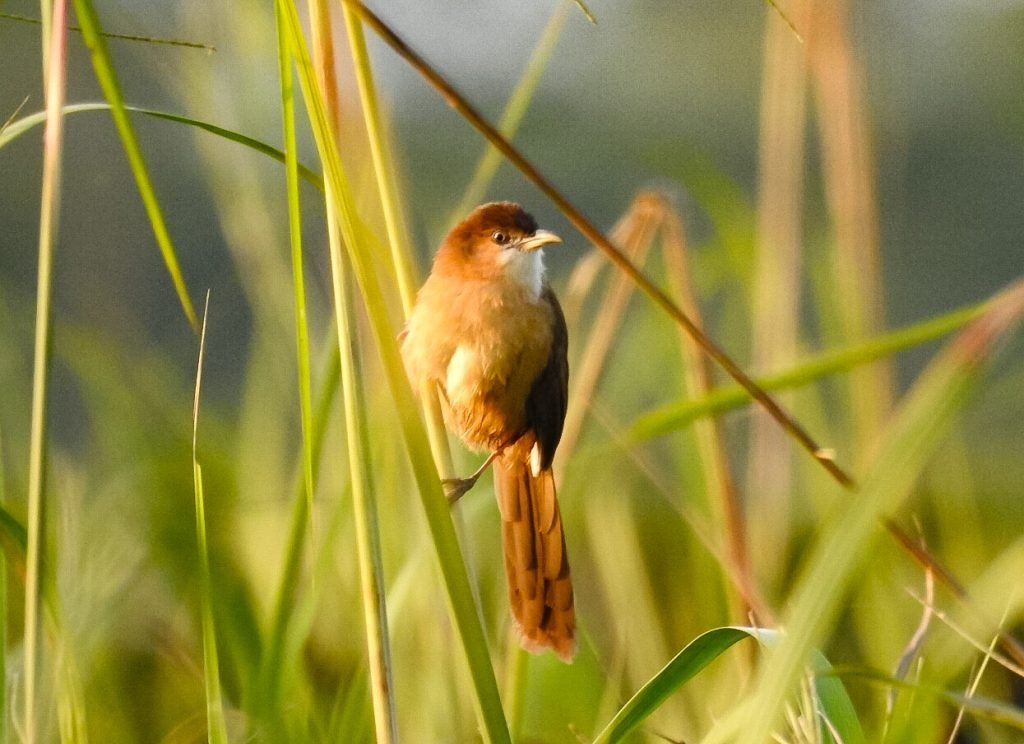
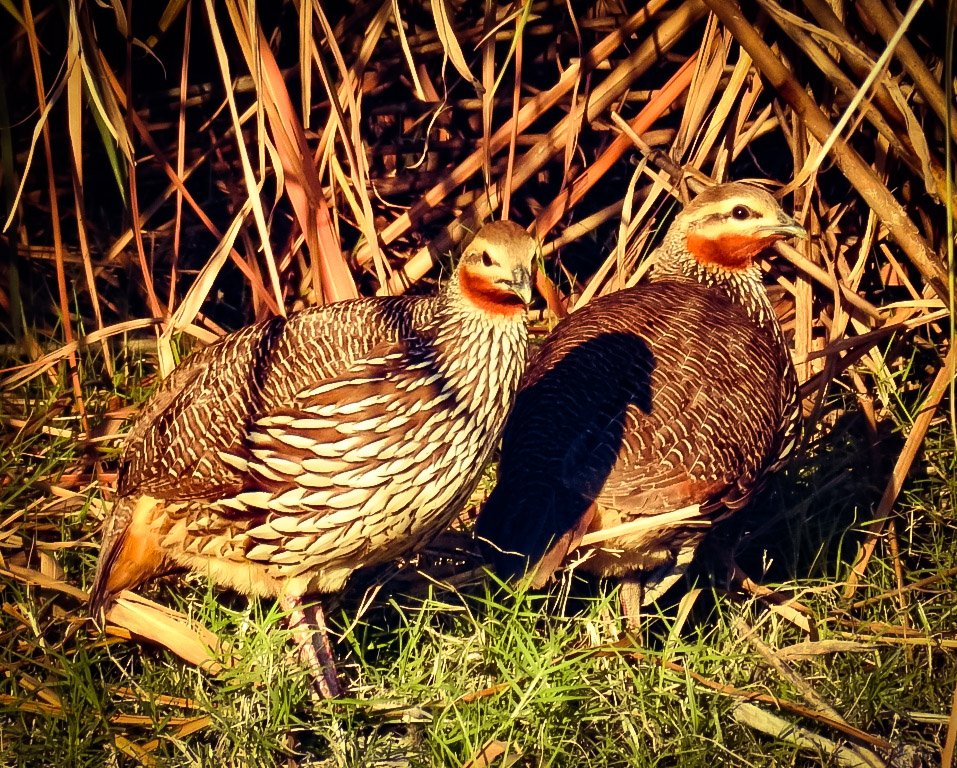
While there, one should visit Maguri Beel, a wetland adjoining the Park. A trip in the Beel early in the morning on a country boat, with the boatman manoeuvring his way through water hyacinths, is a matchless experience. The sight of patches of water lilies interspersed with a vast variety of birds takes the breath away. Far in the distance one can see villagers, patiently waiting for the day’s catch of fish. It is a scene that the soul carries with it for long.
Sighting the feral horses, the park’s iconic species, is difficult though one can try to cruise upstream for about three hours during monsoon. Feral horses are free-ranging, untamed horses descended from domestic horses. While their exact origin is unknown, they are commonly believed to have descended either from the animals that escaped from World War II camps, or those strayed away from migrant traders during the great earthquake of 1950.
A day trip to Sadiya and Bhupen Hazarika Setu adds to the itinerary. Off the road to Sadiya, the village Ghurmura Muluk Chapori is charmingly Assamese, and defined by true blue agricultural traditions, arts, crafts and custom.
